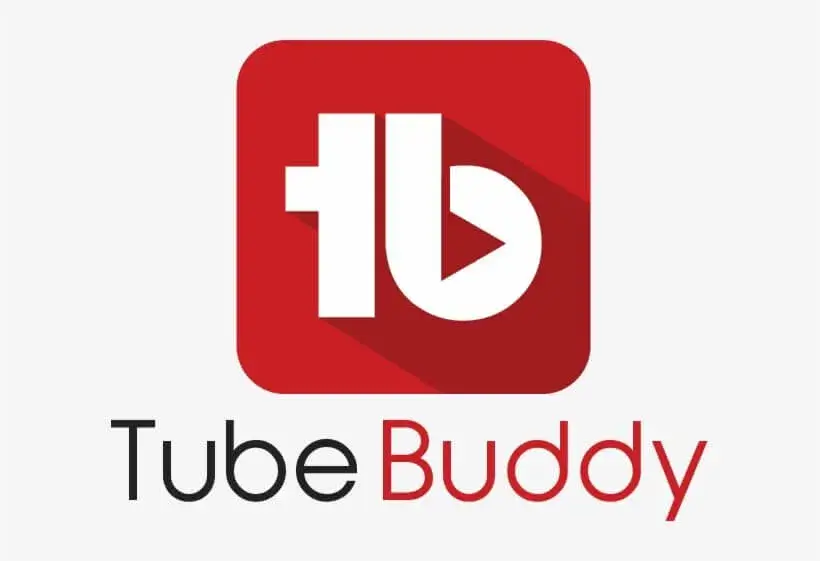Embarking on the journey of writing your first blog post is an exciting and rewarding experience, and understanding the steps to follow will help you create content that will make you a solution provider.
Blog writing is an essential skill you need to unlock doors of opportunities in the digital market space. Whether you’re a seasoned writer venturing into the digital landscape or a newcomer eager to share your thoughts, this guide if applied will turn your writing from boring and uninteresting to compelling and captivating!

Step One
Attention-grabbing opening
Starting your blog with a fascinating fact, a thought-provoking question, or story that can grab your readers’ attention from the get-go. This initial “hook” sets the tone for an engaging and interesting post.
You can write a simple hook that relate to your topic.
For example:
“Do you know that in the vast digital landscape, where words compete for attention, a few simple ‘blog writing tips’ can be the secret sauce that transforms your words into captivating stories?”
OR you can say
“Let’s embark on a journey together, unlocking the power of writing to captivate minds and hearts.””Let’s embark on a journey together, unlocking the power of writing to captivate minds and hearts.”
Coining a phrase that captures the moment will give your post a flying color.
Briefly introduce the topic
Let your readers know what your blog is about in a few sentences. Share the main idea or theme so that they have a clear understanding of what to expect from your writing.The Main Idea
Clearly state the main point or purpose of your blog. This is like the roadmap for your readers, guiding them on what they will learn or gain from reading your post. Keep it concise and to the point.

Step Two
Before Writing Engage In Planning
Before you start writing, it’s essential to have a plan. Think of it like making a roadmap before going on a trip — it helps you know where you’re headed and how to get there.
Here are the key planning steps:
Identify Your Target Audience
Knowing who you’re writing for is like understanding who your friends are. For example are you writing for people interested in cooking, fashion, technology, or something else? Knowing your audience helps you choose topics and a writing style that they will enjoy.
Choose a Specific And Relevant Topic
Imagine you’re at a party, and someone asks, “What’s your blog about?” Your answer should be clear and interesting. Pick a topic that you’re excited about and that others will find interesting. If you love pets, maybe your blog is about the best ways to take care of them.

Research and gather information
Think of this item like gathering ingredients before you cook. Find reliable sources, like books or trustworthy websites, to learn more about your chosen topic. Jot down important points that you want to include. This will make your writing richer and more helpful to your readers.
Books: Look for reputable books related to your topic. Books often provide in-depth knowledge and well-researched information.
Online Courses and Tutorials: Platforms like Coursera, Udemy, or informative posts like “Ship Items Easily with SHIPITO” or Khan Academy can offer valuable insights.
More so there are others that offer robust learning platforms on how to generate traffic to your site or blog. Platforms like, system.io for comprehensive traffic generation and Tubebuddy.com is highly recommended for video creator writing blog on how to succeed running a YouTube channel.

Create An Outline To Organize Your Thoughts
Just like a superhero needs a plan before saving the day, your post needs an outline before it dazzles your readers. An outline is like a roadmap for your writing journey.
Break your blog into smaller sections, like introduction, main points, and conclusion. This helps you organize your thoughts and ensures your blog flows smoothly, making it easy for your readers to follow along. It’s like having a clear path through a forest — you won’t get lost, and your readers won’t either.

A simple example of an outline
Step Three : Writing The Blog
Once you’ve planned your blog, it’s time to put pen to paper, or rather, fingers to keyboard. Here’s how you can make your blog post shine:
Start With A Compelling Headline
Think of your headline like a movie title — it should grab attention and make people want to know more. Use exciting words or ask a question to spark curiosity. For example, if your post is about starting a Youtube channel, a headline like “Creating Your Youtube Channel : Easy steps for Beginners” could be intriguing.
Write a captivating introduction
Your introduction is like the opening scene of a movie — it sets the tone for what’s to come. Share a surprising fact, ask a thought-provoking question, or tell a short story related to your topic. Make it interesting so that readers are hooked from the start.
Develop the main body with supporting points and evidence
Think of the main body of your blog as the heart of the story. Break it into smaller sections, each focusing on a different point. Use examples, facts, or personal experiences to support your ideas. This makes your blog more convincing and enjoyable to read.
Use subheadings to enhance readability
Subheadings are like signposts along a journey — they guide your readers and make your blog easy to follow. Use clear and descriptive subheadings to break up your content into digestible chunks. This way, readers can quickly find the information they’re looking for.
Maintain a conversational tone
Imagine you’re chatting with a friend over coffee. Your writing should feel friendly and approachable. Avoid using complicated words just to sound fancy. Be yourself, and let your personality shine through. This makes your blog more relatable and enjoyable for readers.
Conclude with a summary or a call to action
Like a good ending to a movie, your conclusion wraps up the story. Summarize the main points you’ve discussed in your blog. If appropriate, encourage readers to take action — whether it’s trying a recipe, sharing the post, or leaving a comment. A call to action keeps your readers engaged and involved.
Step Four : Editing Your Work
Look out for errors and correct them
Review and revise for clarity and flow of thoughts.
Check for grammar, spelling, and punctuation errors.
Ensure ideas put together make sense and readers can read meaning to them easily.
Trim unnecessary content.
Consider feedback from others, if possible. You can ask a colleague more knowledgeable to read your blog and make relevant correction.
Step Five : Formatting Your Write Up
Break up the text with short paragraphs and bullet points.
Use images, videos, or relevant multimedia to enhance engagement.
See Below:
- Ensure a visually appealing layout.
- Optimize for mobile responsiveness.

Ship Your Goods Easily To Any Part Of The World With SHIPITO
Step Six : SEO Optimization
Incorporate relevant keywords naturally
Write a meta description . A meta description is a summary or brief overview of the content of your blog post that will appear in search engine like google.com.
Use descriptive alt tags for images.
Ensure a user-friendly URL structure
For example :
www.vinepeaks.com/steps-to-writing-your-first-blog-post
Step Seven : Proofreading
Double-check for any remaining errors.
Read the blog aloud to catch awkward phrasing.
Get a second pair of eyes to review.
Step Eight : Publishing
Choose a user-friendly blogging platform (e.g., WordPress, Medium, Quora etc).
Format your blog according to platform guidelines.
Set a publishing schedule for consistency.
Share your blog on social media and other relevant channels

Visit SYSTEME.IO to enjoy the following services free for life no strings attached :
Sales Funnel Builder | Email Marketing | Membership Sites | Affiliate Program Management | Webinar Hosting| Online Course Creation | E-commerce Features | Analytics and Reporting | Integration with Third-Party Tools………..
CLICK THE HERE TO SUBSCRIBE FOR FREE (NO TRIAL)
Step Nine : Engaging with Your Audience
Respond to comments and feedback.
Promote discussions by asking questions
Encourage social media sharing
Step Ten : Analyzing Performance
Use analytics tools to track your blog’s performance.
Monitor metrics like page views, engagement, and conversion.
Adjust your strategy based on data insights
Step Eleven : Continuous Improvement
Reflect on the success and shortcomings of your first blog.
Seek feedback and learn from your audience.
Apply lessons to future blog posts.
Conclusion
In our journeying through these steps we have developed a unique voice and a simple yet powerful steps to writing blog post. If these steps are rightly applied, they can transform you into a compelling blog writer. From crafting an engaging headline to maintaining a friendly tone, each step is a building block toward creating content that will create the desired influence on your audience to take action and make the right choice.
Now armed with the tools, go forth, write with passion, and watch your blog bring in huge traffic, creating positive impact in the digital space.
Disclaimer : This Article contains Affiliate Link.






